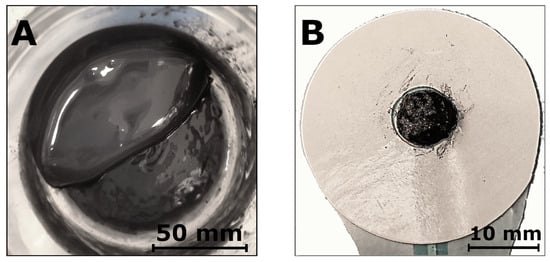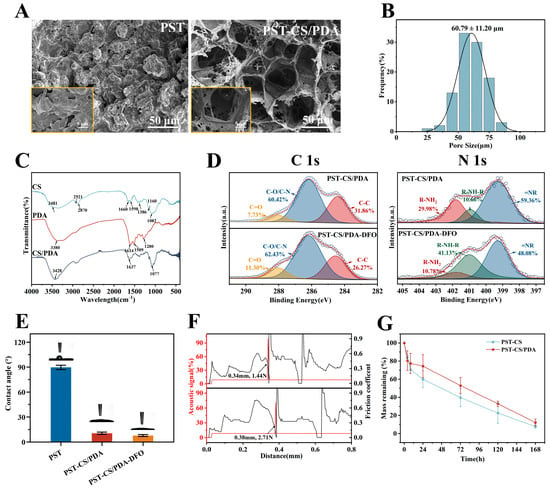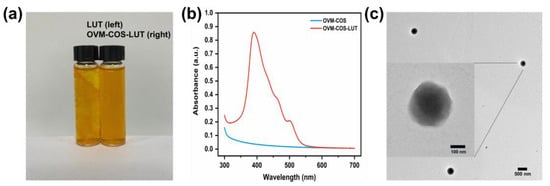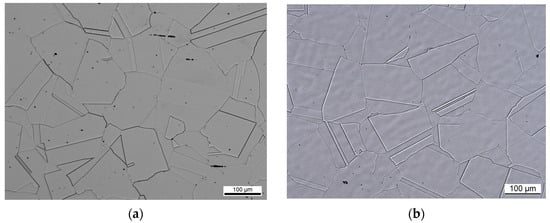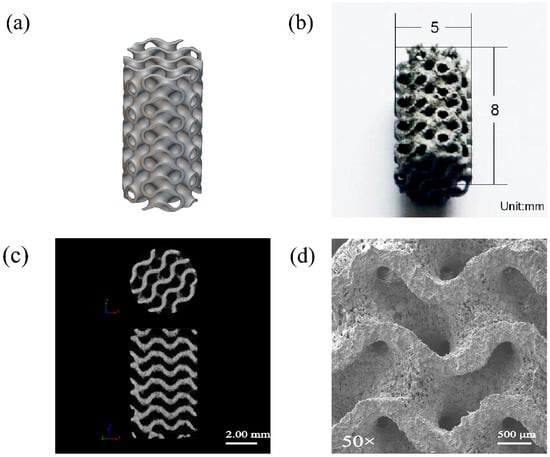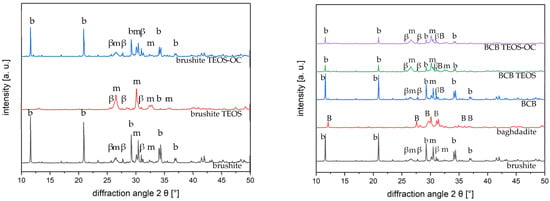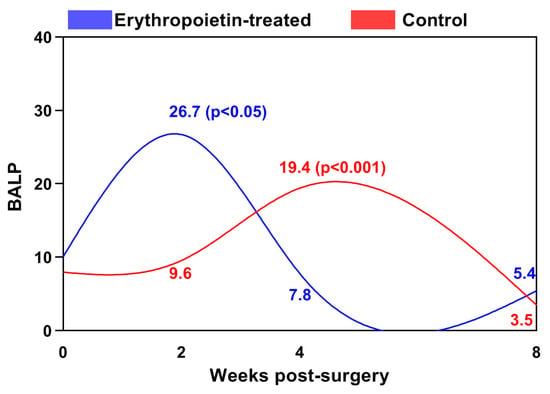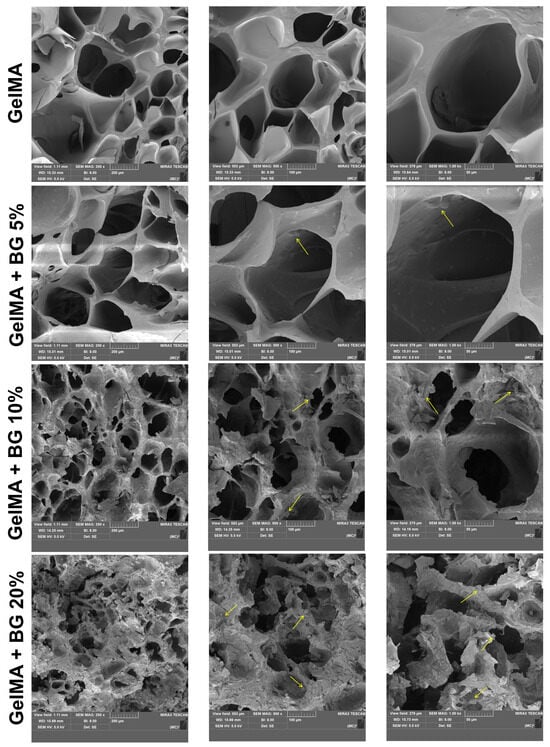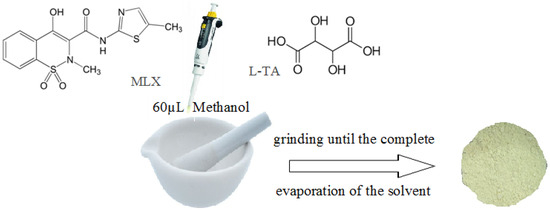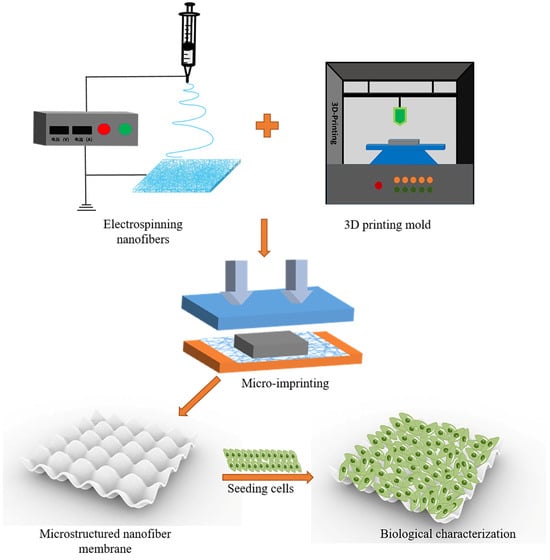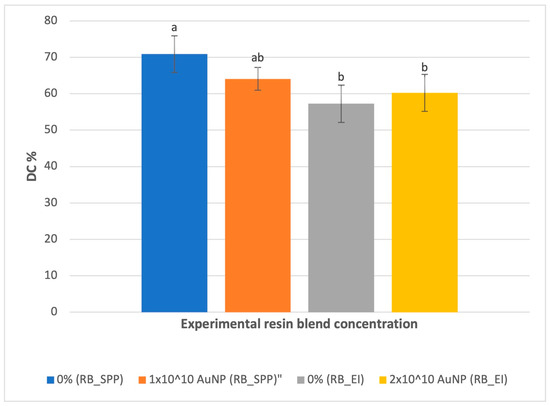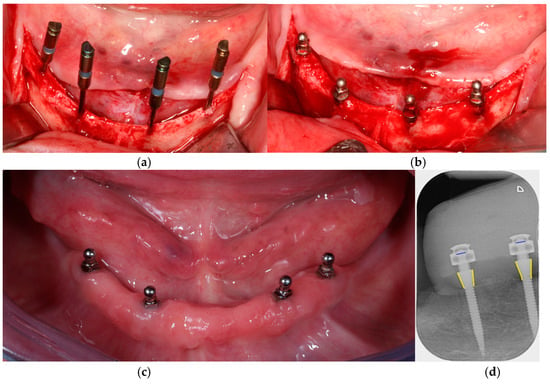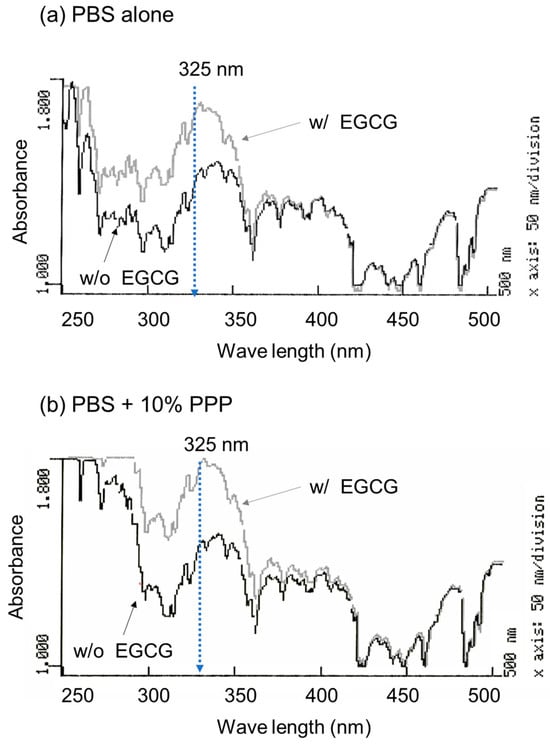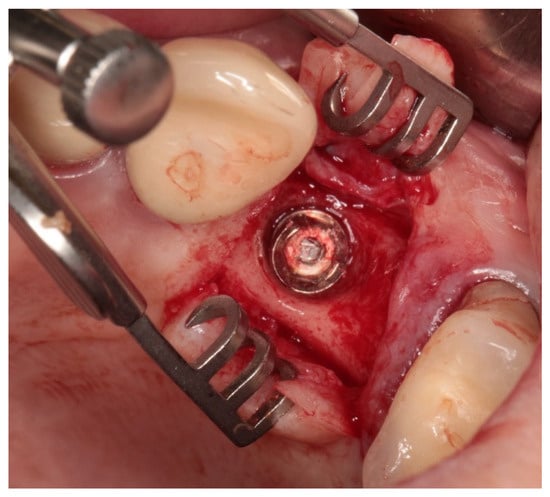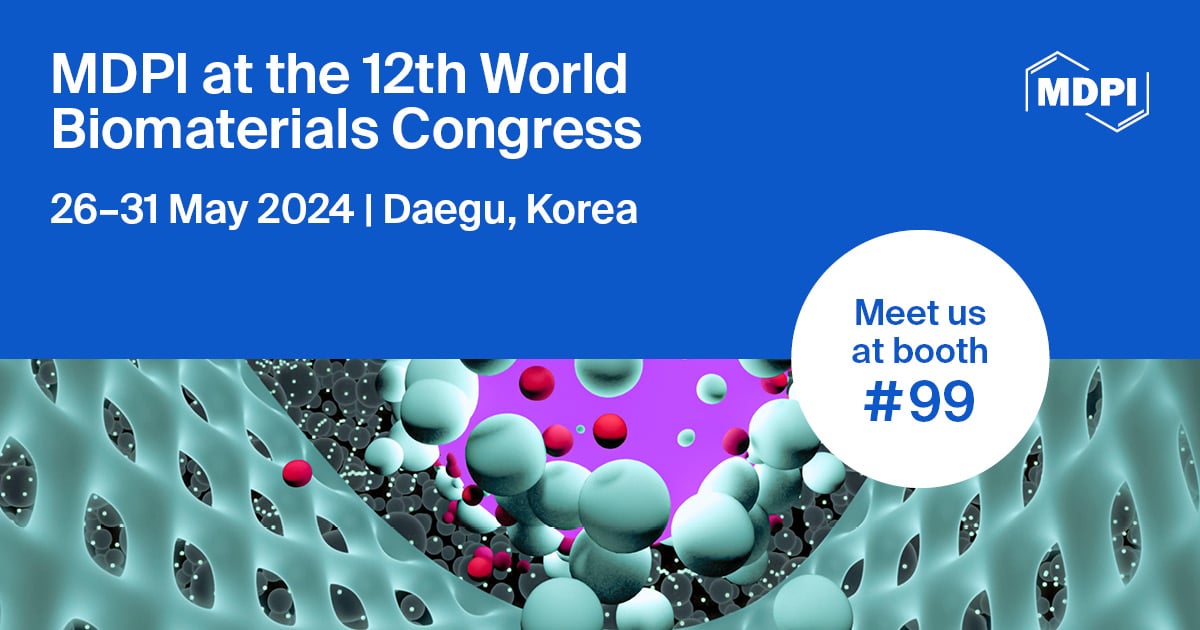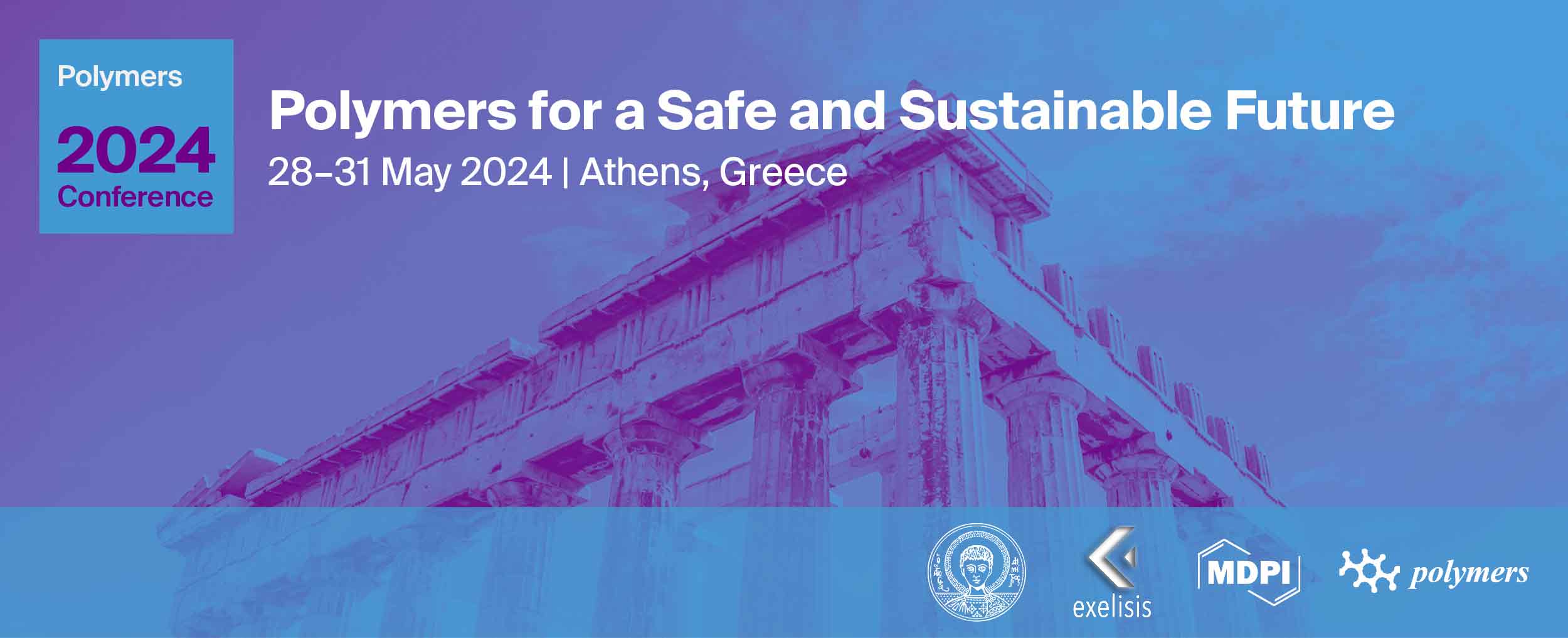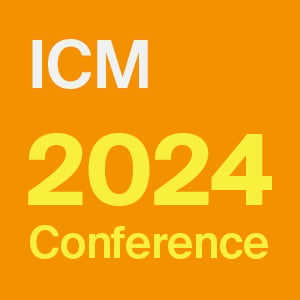-
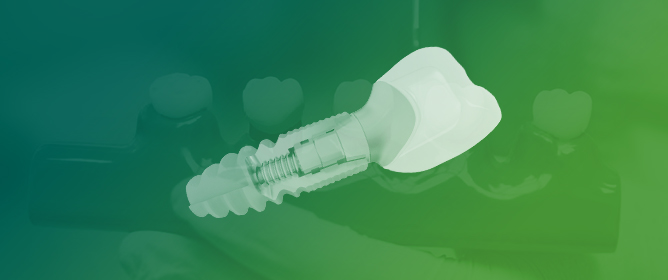 Surface-Mediated Modulation of Different Biological Responses on Anatase-Coated Titanium
Surface-Mediated Modulation of Different Biological Responses on Anatase-Coated Titanium -
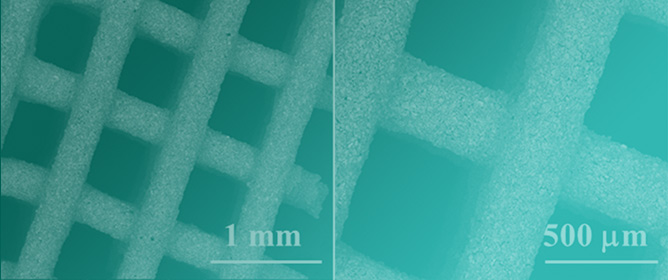 New 3D Printed Scaffolds Based on Walstromite
New 3D Printed Scaffolds Based on Walstromite -
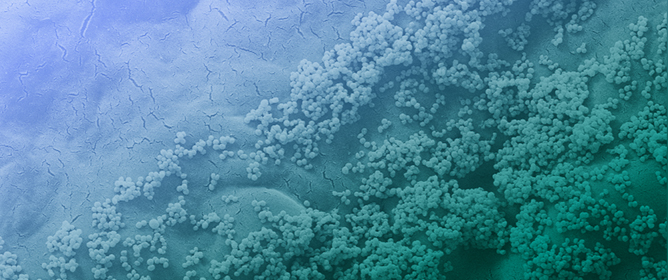 Surface Properties of a Biocompatible Thermoplastic Polyurethane and Its Anti-Adhesive Effect against E. coli and S. aureus
Surface Properties of a Biocompatible Thermoplastic Polyurethane and Its Anti-Adhesive Effect against E. coli and S. aureus -
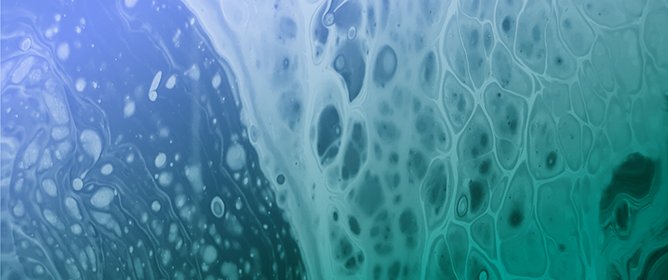 Advancing Bone Regeneration: Evaluation of the Effects of Nano-CHA with Alb-PRF and L-PRF on Osteoblasts
Advancing Bone Regeneration: Evaluation of the Effects of Nano-CHA with Alb-PRF and L-PRF on Osteoblasts
Journal Description
Journal of Functional Biomaterials
- Open Access— free for readers, with article processing charges (APC) paid by authors or their institutions.
- High Visibility: indexed within Scopus, SCIE (Web of Science), PubMed, PMC, Embase, Inspec, CAPlus / SciFinder, AGRIS, and other databases.
- Journal Rank: JCR - Q2 (Engineering, Biomedical) / CiteScore - Q2 (Biomedical Engineering)
- Rapid Publication: manuscripts are peer-reviewed and a first decision is provided to authors approximately 13.3 days after submission; acceptance to publication is undertaken in 2.8 days (median values for papers published in this journal in the second half of 2023).
- Recognition of Reviewers: reviewers who provide timely, thorough peer-review reports receive vouchers entitling them to a discount on the APC of their next publication in any MDPI journal, in appreciation of the work done.
Latest Articles
Highly Accessed Articles
Latest Books
E-Mail Alert
News
Topics
Deadline: 30 April 2024
Deadline: 6 June 2024
Deadline: 31 August 2024
Deadline: 30 December 2024
Conferences
Special Issues
Deadline: 30 April 2024
Deadline: 20 May 2024
Deadline: 31 May 2024
Deadline: 10 June 2024






